Muscle strain, nerve compression, and vertebral fractures are common neck injuries that, if not treated promptly, can lead to serious complications.
Dr. Vu Duc Thang, Department of Spinal Neurosurgery, Tam Anh General Hospital, Ho Chi Minh City, said that mild neck injuries often heal on their own when patients apply proper home care measures such as rest, ice packs, and pain relievers. Severe injuries or improper treatment can lead to dangerous complications. Patients should see a doctor when the pain lasts more than a week and shows signs of increasing, or symptoms appear after an accident at work, on the road, or in daily life.
The most common symptom is a sore feeling in the neck area, appearing a few hours or a few days after the injury. The patient may also have a stiff neck, pain in the back of the head. If severe, some other symptoms may appear such as pain in the shoulder and arm joints, reduced mobility, tinnitus, difficulty swallowing.
In addition, depending on the type of neck injury, there will be different characteristic signs such as:
Neck strain : Any activity that requires the neck to be held in an uncomfortable position for a long period of time can lead to fatigue and spasm, causing neck strain. Difficulty turning or tilting the neck can be accompanied by headaches.

Stiff neck pain can warn of injury in this location. Photo: Freepik
Neck ligament injury : The cervical spine consists of seven vertebrae connected by ligaments and muscles. When there is a sudden change in motion, the neck can be over-flexed, causing tissue tearing, ligament damage, or muscle damage.
Cervical disc herniation : The cervical spine is an area of constant movement and pressure, so the discs are susceptible to injury and herniation. Cervical disc herniation occurs when one or more discs between the cervical vertebrae are damaged, slip out of their original position, compressing the spinal cord and nerves in the spinal canal. This leads to neck and shoulder pain and local sensory disturbances.
Nerve compression: Under the influence of some factors, the cervical nerves are compressed, causing aches, numbness, dull pain and tingling in the neck and shoulder area. The pain can spread to the shoulder, shoulder blade, arm or fingers (along the path of the nerve root). The patient is less flexible, with reduced mobility.
Cervical spine fracture : Occurs when a significant force is applied to the neck, causing the vertebrae to fracture, such as in a traffic accident, activity, or sports injury. The patient experiences severe pain at the time of injury. Pain may radiate from the neck to the shoulder or arm due to the vertebrae compressing the nerves. The patient may also have bruising or swelling in the back of the neck.
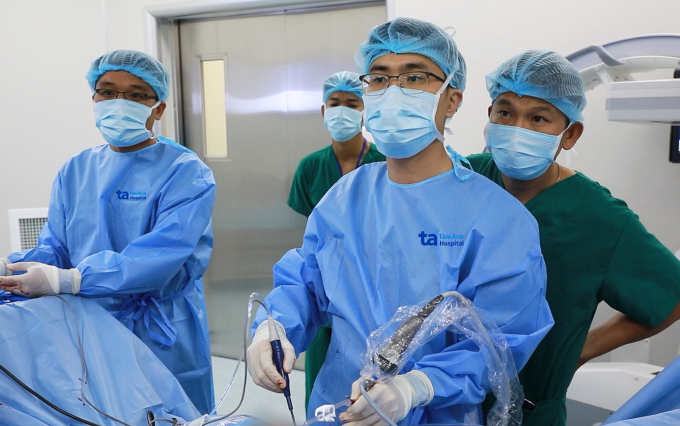
Doctor Thang (holding instruments) during a spinal surgery. Photo: Tam Anh General Hospital
Dr. Thang said that people with neck injuries may experience neck discomfort, paralysis, pain, and more severe cases of chronic pain, permanent disability, or death due to cervical vertebrae fractures, spinal cord injuries, etc. Injuries can be prevented by controlling weight, exercising regularly, strengthening back and core muscles, maintaining proper posture, and being careful when twisting or rotating the neck. A healthy diet with adequate nutrients helps keep bones strong.
Phi Hong
| Readers send questions about bone and joint diseases here for doctors to answer |
Source link





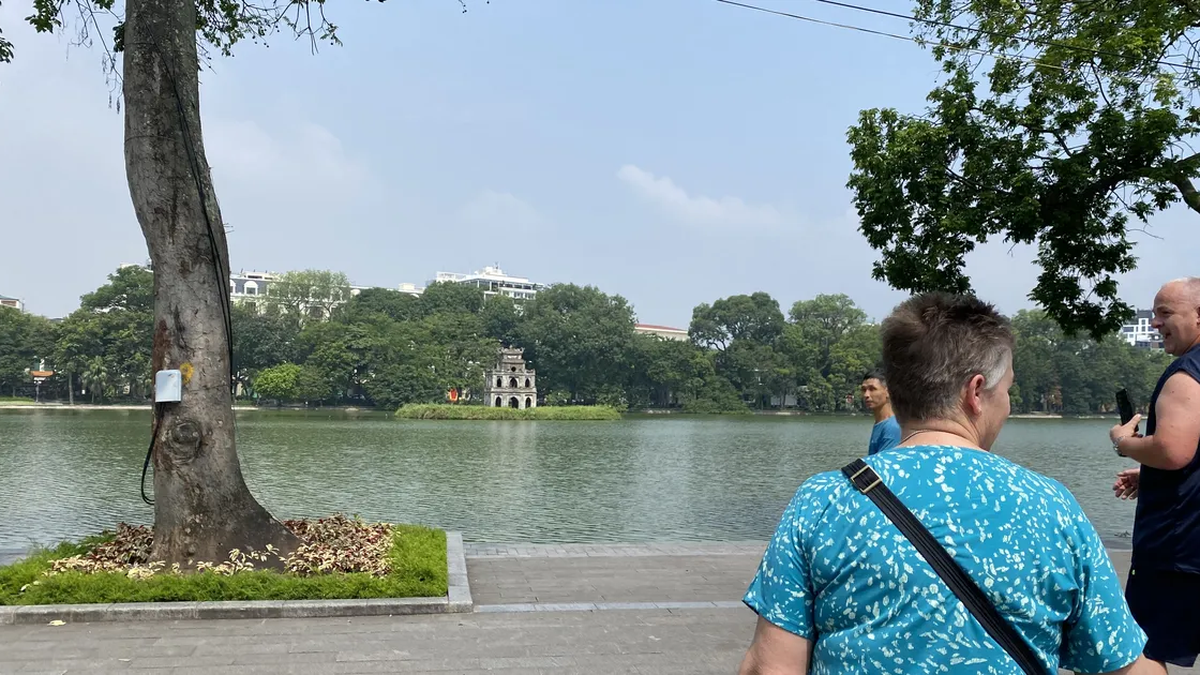























![[Photo] National Assembly Chairman attends the seminar "Building and operating an international financial center and recommendations for Vietnam"](https://vphoto.vietnam.vn/thumb/1200x675/vietnam/resource/IMAGE/2025/7/28/76393436936e457db31ec84433289f72)























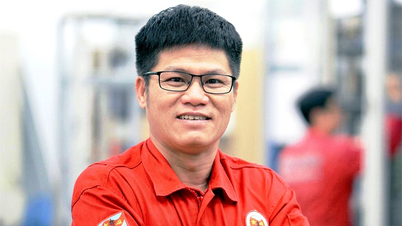

















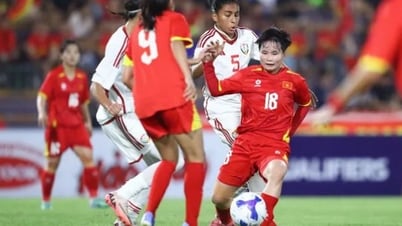




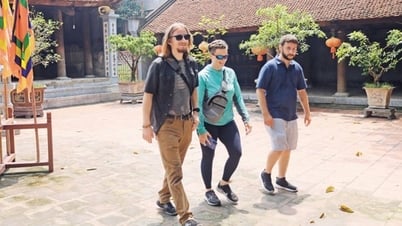
























Comment (0)